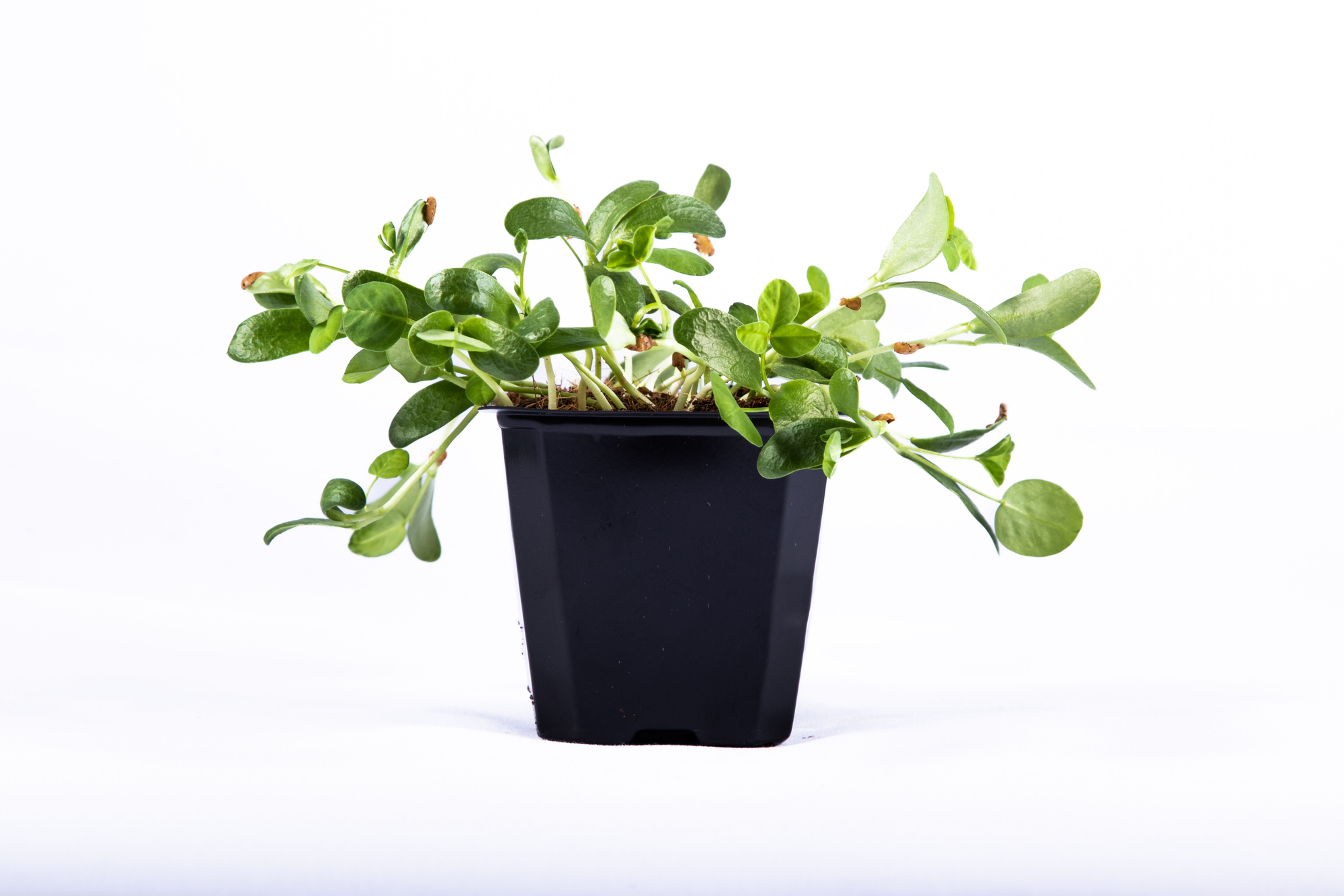Fenugreek microgreens, like many other microgreens, are young seedlings of the fenugreek plant (Trigonella foenum-graecum) and are known for their distinct flavor and potential health benefits. Here's a breakdown of their texture, taste, uses in cooking, and nutritional values:
Texture: Fenugreek microgreens typically have tender and delicate stems with tiny, vibrant green leaves. The texture is soft and not fibrous, making them easy to incorporate into various dishes.
Taste: Fenugreek microgreens have a unique flavor that is reminiscent of the mature fenugreek plant but milder. The taste is often described as slightly bitter, earthy, and reminiscent of maple. The bitterness tends to be less pronounced in the microgreens compared to the mature leaves or seeds.
Uses in Cooking: Fenugreek microgreens can be used in a variety of dishes to add flavor, texture, and nutritional value. Some common uses include:
- Salads: Toss fenugreek microgreens into salads to add a fresh, slightly bitter element.
- Sandwiches: Use them as a garnish in sandwiches or wraps to enhance the overall flavor profile.
- Garnish: Sprinkle fenugreek microgreens over soups, stews, or main dishes just before serving to add a burst of freshness.
- Smoothies: Incorporate them into smoothies for an extra nutrient boost.
Nutritional Values: Fenugreek microgreens are packed with nutrients, as is common with many microgreens. While the exact nutritional content can vary based on factors like growing conditions, here are some potential nutritional benefits:
- Vitamins: Fenugreek microgreens may contain vitamins such as A, C, and K.
- Minerals: They can provide minerals like iron, calcium, and potassium.
- Protein: Microgreens, including fenugreek microgreens, are a good source of plant-based proteins.
- Antioxidants: Fenugreek contains compounds with potential antioxidant properties.

